The Factory's Origins and Evolution
Andy Warhol's Factory was a wild ride from the start. Picture a place where creativity met chaos in 1960s New York. Initially on East 87th Street, Warhol found himself surrounded by inspiration and rebellion.
Warhol chose the name "Factory" purposefully. His first Factory on East 47th Street got everyone talking with its silver walls and foil everywhere. Warhol's creative process blended with mass production methods, using innovative silk-screening techniques.
When demolition threatened, Warhol moved to the Decker Building in 1968. This sixth-floor spot at 33 Union Square West was more business-oriented. The carefree Factory days seemed to fade after Valerie Solanas's attempt on Warhol's life.
Warhol later occupied a wider space on Broadway, where art flowed in a more calculated fashion. Screen-printing took center stage. While endless soirees diminished, the Factory remained central to Warhol's world.
The Factory brought pop art to the masses, echoing post-war ingenuity. Edie Sedgwick and other "Superstars" transformed it from artsy hideaway to must-see attraction, while musicians like Lou Reed turned it into a harmonizing cultural cacophony.
The Factory's evolution mirrored changes in Warhol's own work—transitioning from art studio to a space blending business and personal expression. It became a galaxy where collaboration and experimentation thrived, influencing film, music, and fashion.
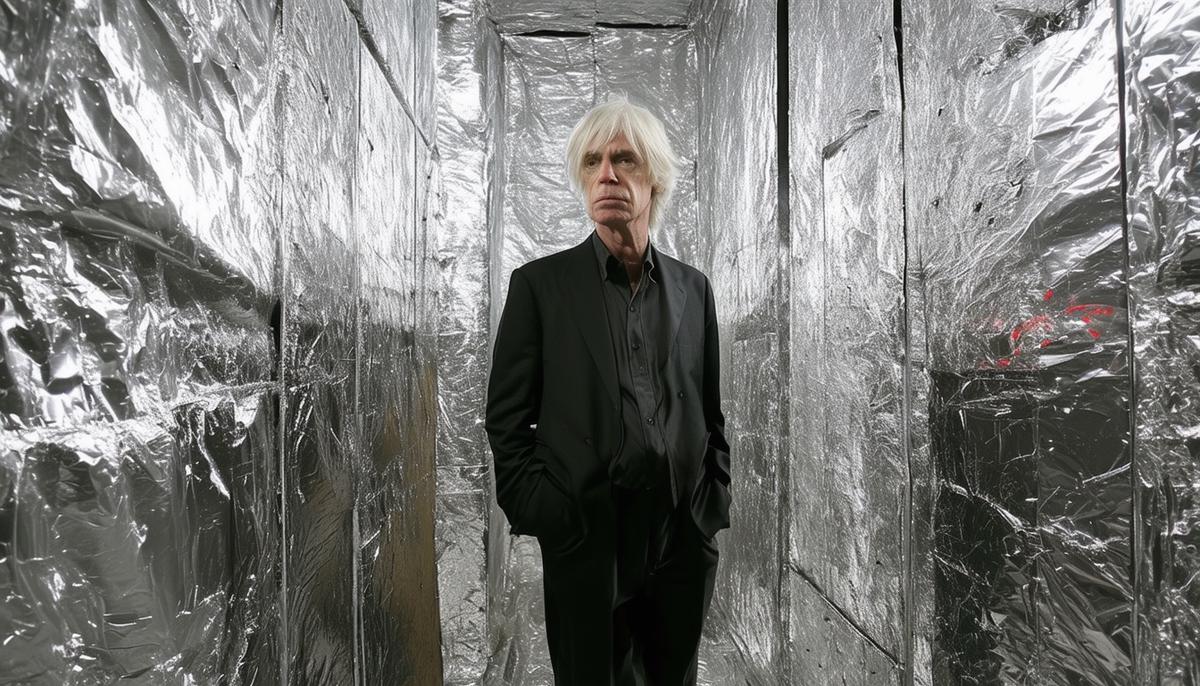
Artistic Innovations and Techniques
The Factory wasn't just about creating art; it was a relentless push to break artistic molds. Warhol turned heads, making the ordinary extraordinary. Central to this was his groundbreaking use of silkscreen printing—a technique borrowed from commerce that stamped his mark on pop culture.
Silkscreen printing allowed Warhol to do more than make art; it revolutionized the field. This mechanized method enabled rapid, repeated image production, reflecting the consumer society that fascinated him. Suddenly, art wasn't confined to canvas; it could be reproduced, bought, and owned by everyone.
Those repetitions were key! Whether Marilyn Monroe's gaze or a humble Campbell's Soup Can, Warhol's repeating imagery challenged traditional art forms. Pop Art became visual folk music, accessible and resonant. Warhol unapologetically embraced consumerism, fame, and mass production as art forms.
The Factory itself was a living canvas where collaboration, creativity, and commerce merged into unprecedented artistic methods. Artists and assistants buzzed around like worker bees, each contributing to Warhol's expansive masterpiece. The open-ended, improvisational work atmosphere fostered innovation.
By using mass production techniques, Warhol amplified the idea that everyday icons and commercial imagery deserved artistic exploration. This bold blend of art and industry didn't just boost Pop Art; it reshaped art itself. Warhol's methods invited new appreciation for familiar faces and mundane objects, cementing his place as an artistic pioneer.
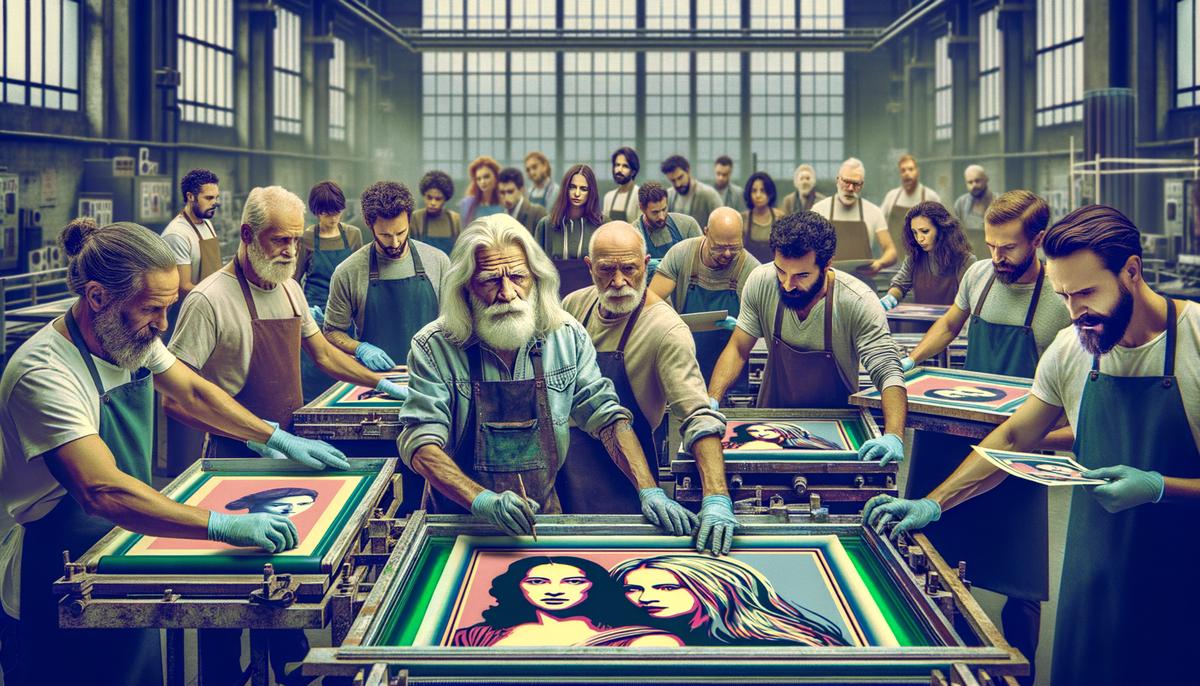
The Factory's Cultural Impact
The Factory was more than a place; it was a phenomenon, embodying the 1960s counterculture spirit. Behind foil-covered walls, it became a sanctuary for artistic and cultural rebels. It was where music, art, and intent collided, brightening mainstream culture with vibrant color bursts.
Andy Warhol turned the Factory into a destined meeting place for an eclectic mix of artists, musicians, and celebrities. Drag queens sashayed alongside rock stars, while poets scribbled fervently beside actors and socialites. In this blissful chaos, art and life merged, creating a unique cultural imprint.
The Factory was the 60s counterculture clubhouse, providing a canvas for those craving new experiences and ideas. Here, radical notions were celebrated and amplified through collaboration. It operated as a social experiment where rebels, dreamers, and creatives could experience true artistic freedom.
The Factory's legendary parties became beacons and myths. These weren't just gatherings; they were spectacles, unrestrained festivals embodying the 60s' free-spirited ethos.
Picture Lou Reed and Mick Jagger locking eyes across a sea of twirling bodies, or Edie Sedgwick holding court among enraptured admirers.
As a 1960s counterculture epicenter, Warhol's Factory influenced fashion, music, and visual art while symbolizing creative freedom's endless possibilities. It continues inspiring, reminding all dreamers that the ordinary can become extraordinary where imagination knows no limits.
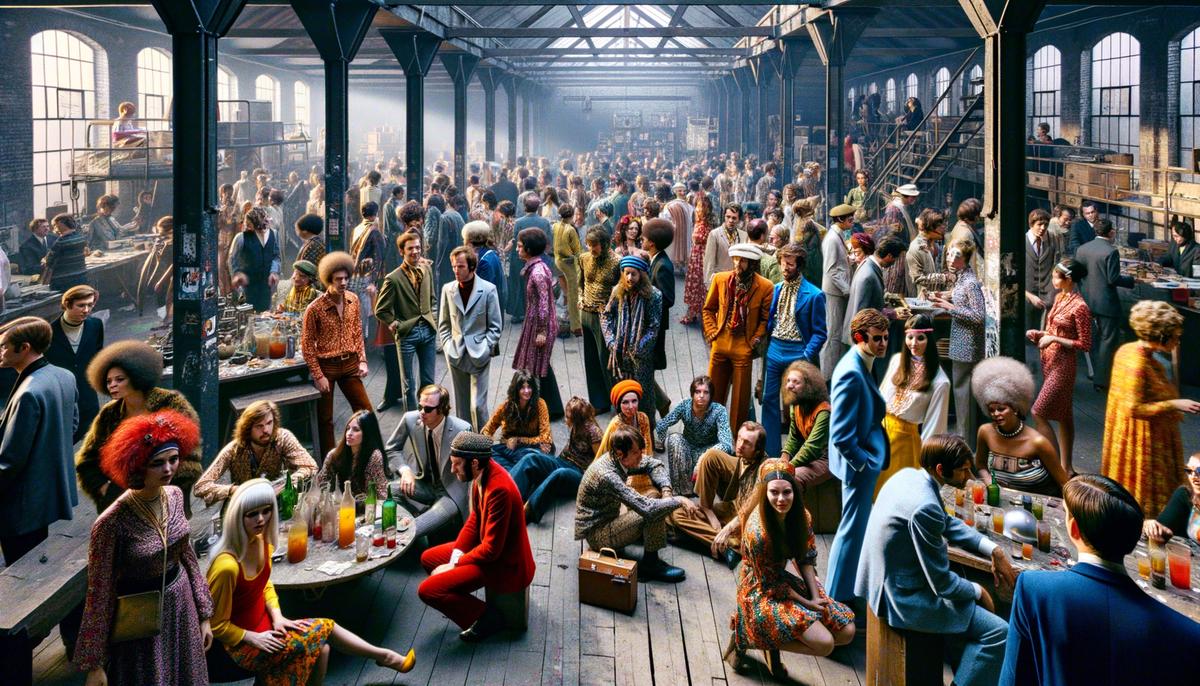
Warhol's Superstars and Collaborations
Enter the vibrant world of Warhol's Superstars—those dazzling, eccentric muses who took the Factory from creative hub to cultural revolution. Picture Edie Sedgwick, the ethereal icon who sashayed through Warhol's silver kingdom, turning heads and sparking artistic inspiration. She wasn't just part of the scene; she practically wrote the script for it.
Edie wasn't alone. Gerard Malanga added poetic flair and dynamic spirit to both the art and outrageous shindigs. Then there was Nico, the enigmatic chanteuse and Velvet Underground collaborator, whose haunting voice became an unforgettable part of the Factory's soundtrack.
These Superstars weren't just muses—they were collaborators, partners in creative crime who sparked Warhol's genius in new directions. Take Paul America, Mary Woronov, and Ondine—each brought unique flair and audacity, influencing Warhol's groundbreaking films, installations, and performances.
The Factory operated as a collaborative think tank where ideas flowed freely. This bustling mix of talents created a crucible of creativity, producing art that was vibrant, provocative, and startlingly fresh. Their work was about capturing a moment's or feeling's essence—raw, real, and brimming with frenzied energy.
Warhol loved his Superstars' collaborative nature, feeding off their energies, stories, and quirks to fuel his own kaleidoscopic vision. The spontaneous creation process at the Factory resembled a jam session—each player contributing their distinct note to create a cutting-edge expression symphony.
Through his Superstars' contributions, Warhol realized a true pop art revolution, celebrating the unconventional and elevating the everyday to mythic grandeur. The reverberations of these vibrant collaborations still echo throughout the art world, reminding us all that in the right environment, passion, creativity, and spontaneity can indeed change the world.
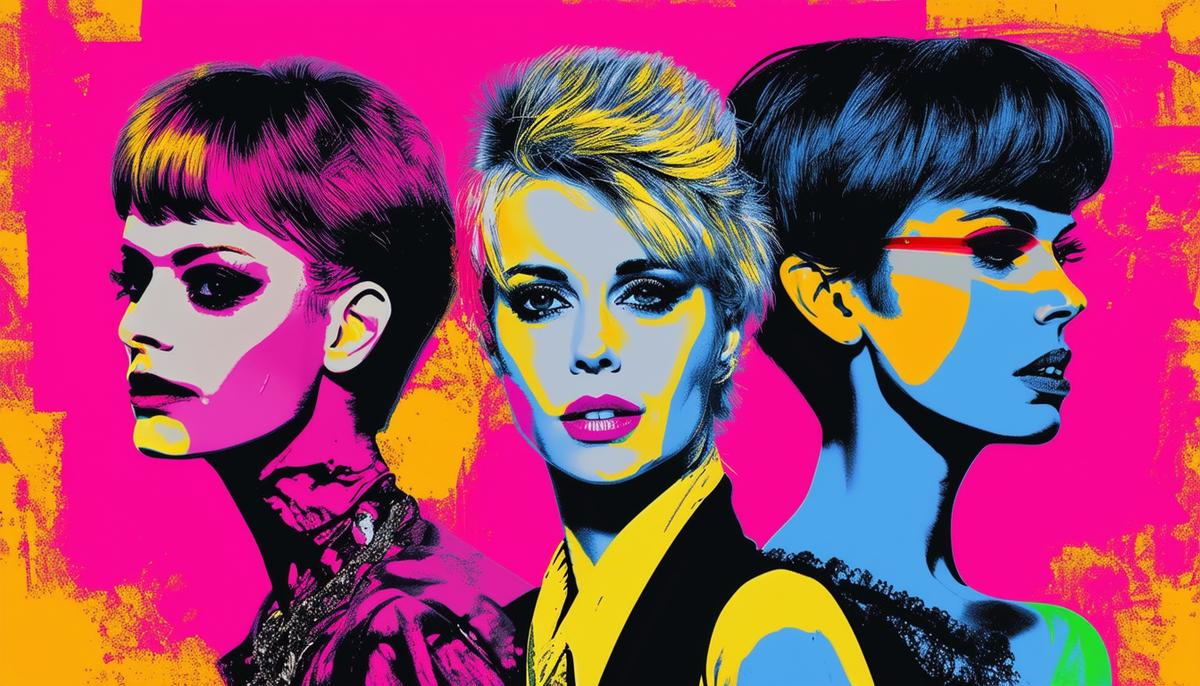
Legacy of the Factory and Pop Art
The legacy of Warhol's Factory is like a comet streaking through art history, illuminating paths for future generations. The Factory wasn't just a studio; it was an ethos shattering art elitism. Warhol's unorthodox approach has become a blueprint for art transcending boundaries, inviting the world in rather than shutting it out.
Warhol's embrace of mass production and consumer culture was a radical shift, seeing beauty in repetition and celebrity in the mundane. His infamous silk-screens democratized what was once solely for the rich—suddenly, everyone could own a piece of Warhol magic. This approach has inspired generations to challenge old art boundaries, leading to intersections with fashion, advertising, and digital media.
Collaboration was the Factory's heartbeat. Warhol's penchant for surrounding himself with eclectic talents was groundbreaking in an art world used to solitary genius. This creative collaboration notion planted seeds that have sprouted into today's collective artist studios and collaborative digital platforms.
Pop Art's influence, birthed partly from the Factory's creative cauldron, still sways contemporary society. Its bold colors and iconic imagery continue resonating in a world inundated with visuals. Pop Art turned advertising, celebrity, and consumerism into high art, predicting the rise of an image-obsessed culture where brands and icons are as revered as mythological figures.
Pop Art's enduring relevance testifies to its ability to adapt and mirror society's changing tides. Social media is the new canvas, where Warhol's ideas about fame and art's reach find new expression. Artists now can share their work instantly, sweeping across global audiences in a way Warhol would have no doubt embraced.
Warhol's Factory was a visionary idea—a melting pot of creativity, spontaneity, and radical openness that's left an indelible imprint on art and culture. It's a legacy beckoning us to rethink art's boundaries, urging exploration of new avenues where creativity meets commerce, and the avant-garde becomes accessible to all.
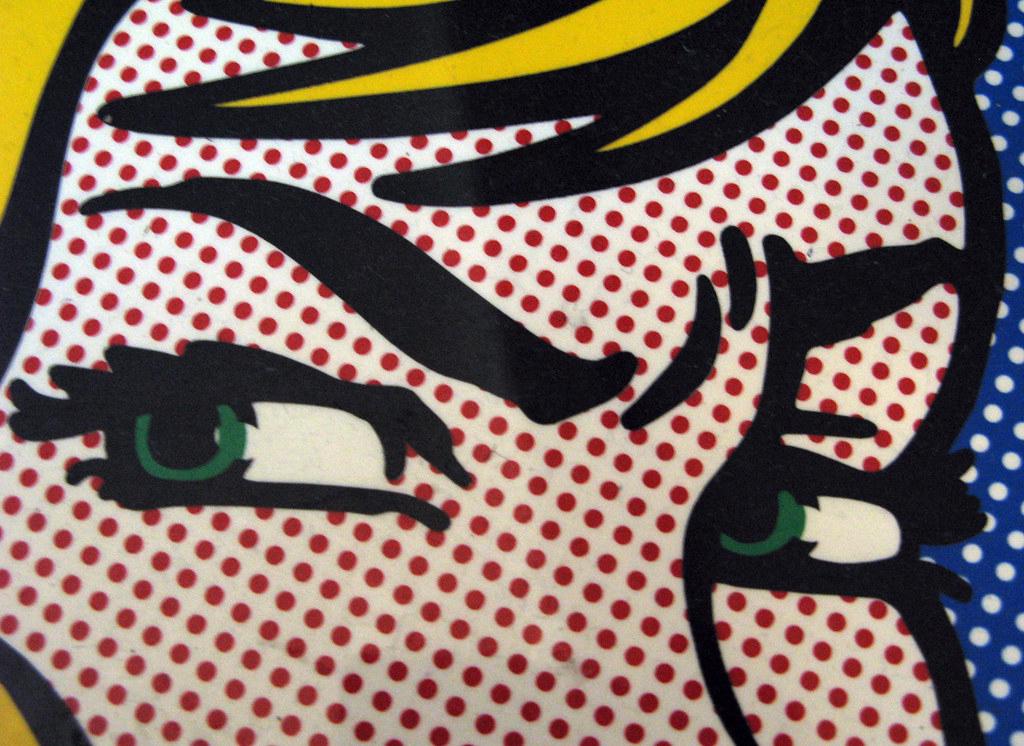
Warhol's Factory stands as a testament to creativity and collaboration's power, reshaping art and culture in ways that continue to resonate. Its legacy reminds us that art can be both accessible and transformative, inviting everyone to partake in its vibrant mosaic.
- Warhol A. The Philosophy of Andy Warhol. Harcourt Brace Jovanovich; 1975.
- Bockris V. Warhol: The Biography. Da Capo Press; 2003.
- Colacello B. Holy Terror: Andy Warhol Close Up. HarperCollins; 1990.
- Watson S. Factory Made: Warhol and the Sixties. Pantheon; 2003.
